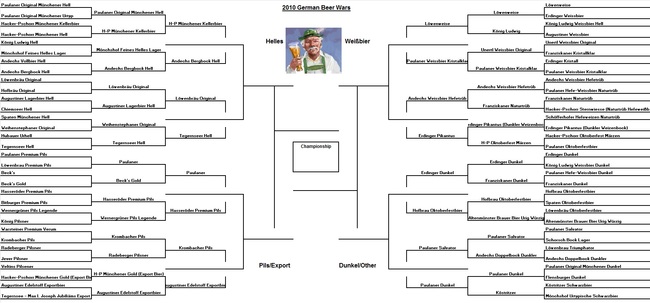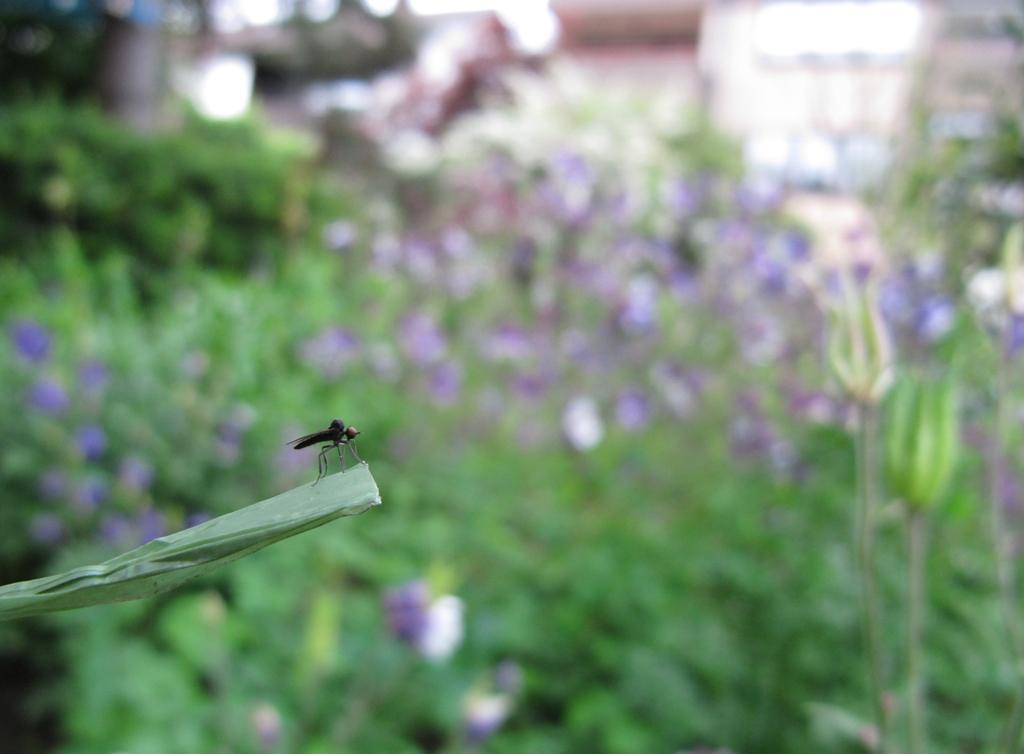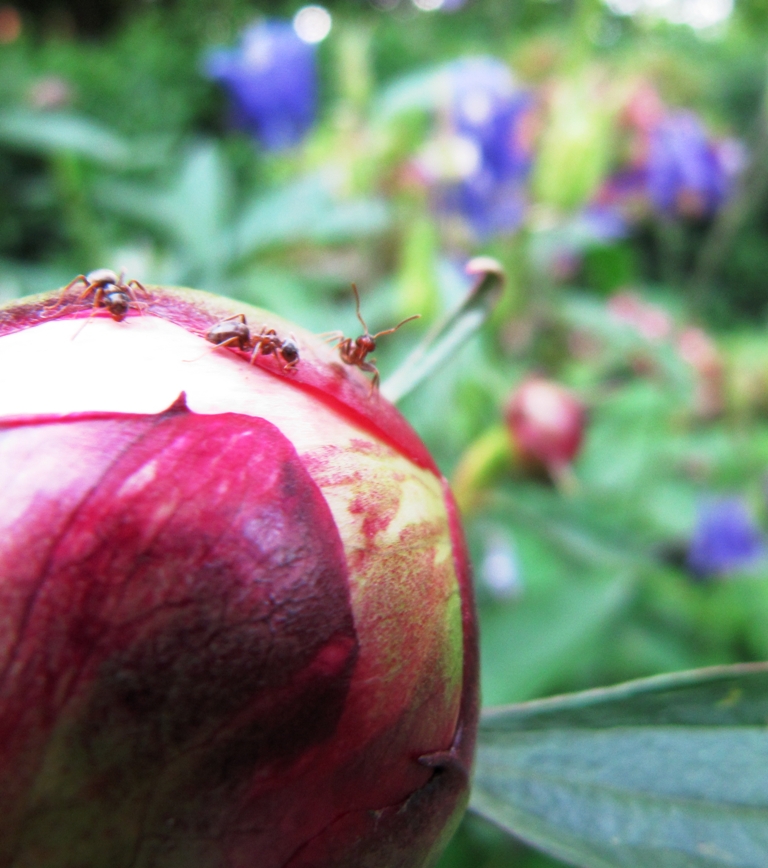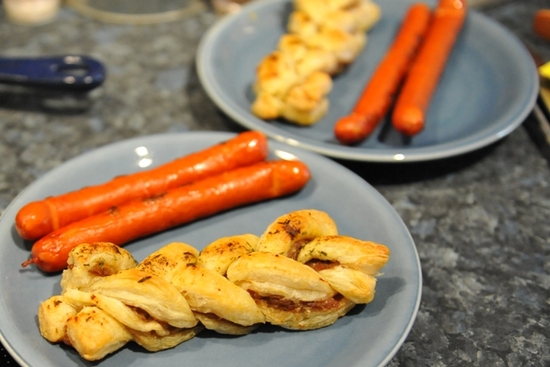Ski Trips - St. Jakob in Defereggental (the Funpark!)
 Wednesday, March 23, 2011 at 9:00
Wednesday, March 23, 2011 at 9:00 In a previous post, we showed briefly the skiing in St. Jakob in Defereggental (Austria). A little further than most skiiers in Munich will drive, but wide open slopes and short lines make it a relaxing alternative to the crowded mountains closer to big cities.
Another especially interesting dimension of Defereggental is the "Funpark". This is basically a long, broad slope that has ramps, jumps, and other possibilities for trick skiing. Think of your local skateboard halfpipe area at the park - this is the skiing version. You have to go to a specific lift for it -- the arrow on the map shows you where it's located on the slopes.
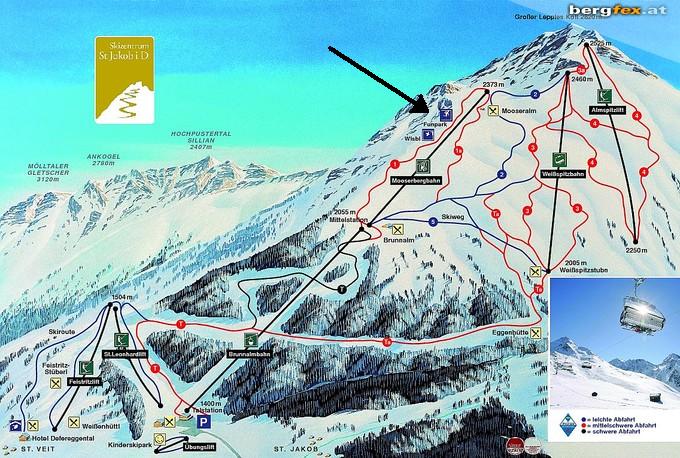
This is a pair of good sized snow jumps. I would see a bunch of snowboarders and skiiers (see the double tracks?) try them, although conservatively. I tried a jump like this at a different Funpark and fell back on my butt - you have to lean forward more than you'd think. I would see a lot of snowboarders resting uphill from the jumps with their buddies, perhaps getting up the nerve to kick off and tackle the jumps.
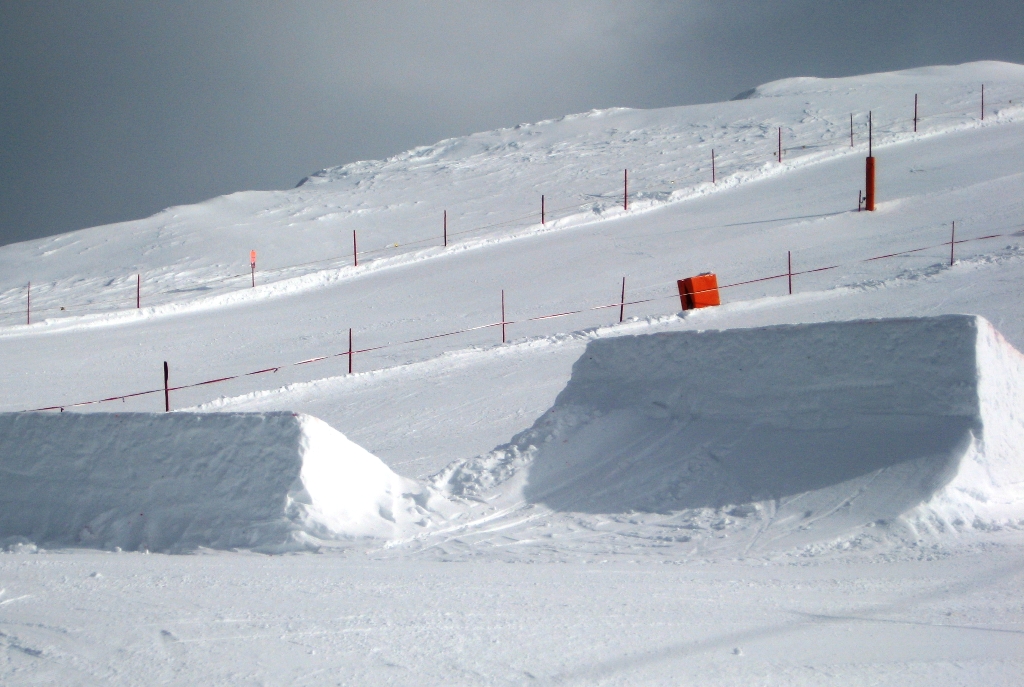
Expecially for the snowboarders, St. Jakob has installed skateboard-like handrails to jump up and slide down. Here you can approach from the right or the left. I actually saw a skiier do this one! He was one of those Austrian teenagers that has probably been skiing since he was three years old. I saw him all day, and he would ski down the easy slopes going backwards, so this guy had chops.
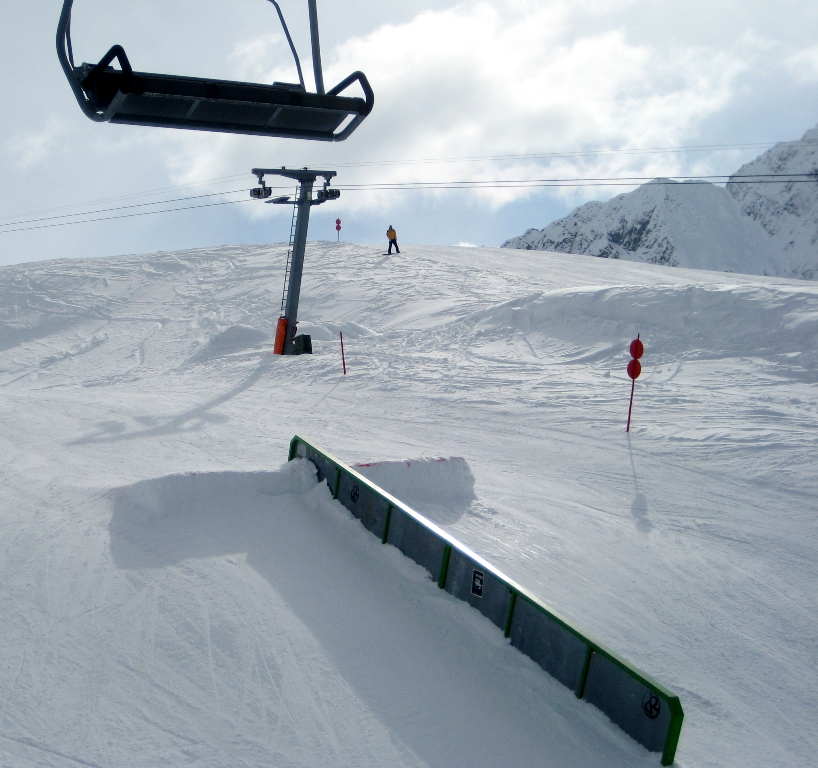
This one was almost exclusively used by snowboarders. Maybe because of the curve? It would theoretically be possible to do this with skiis, right? You can see a lot of snowboard tracks to the left of the ramp, where people changed their minds at the last minute and changed course to go right of the ramp.
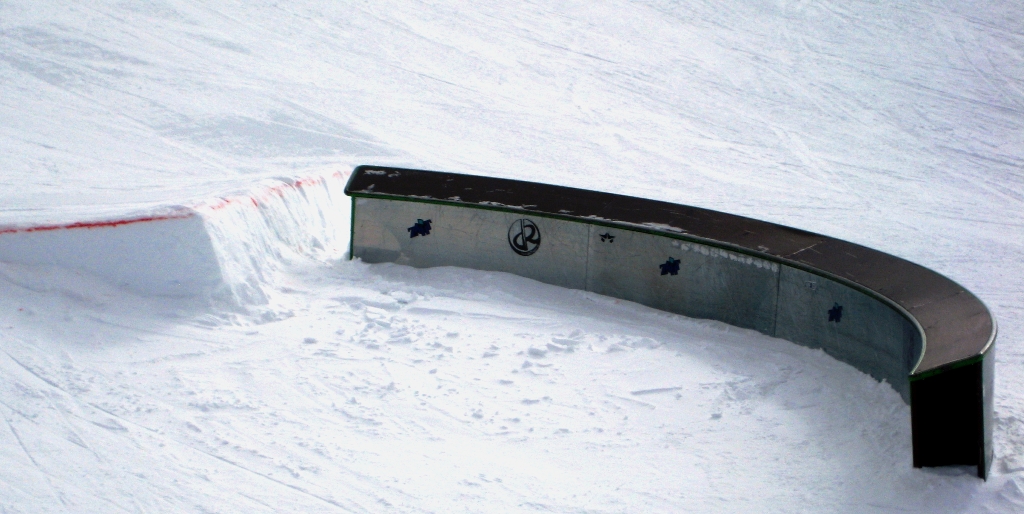
I didn't see anyone try this particular prop while I was taking the lifts. But I think it's cool that they installed an entire stairway in the slopes, and am guessing that when the hard-core snowboarders are out there that this is used quite a bit. I want to see three guys board down this at the same time, one on each section! It's funny that you can see footprints on the left - did someone wipe out and head back up for another go?
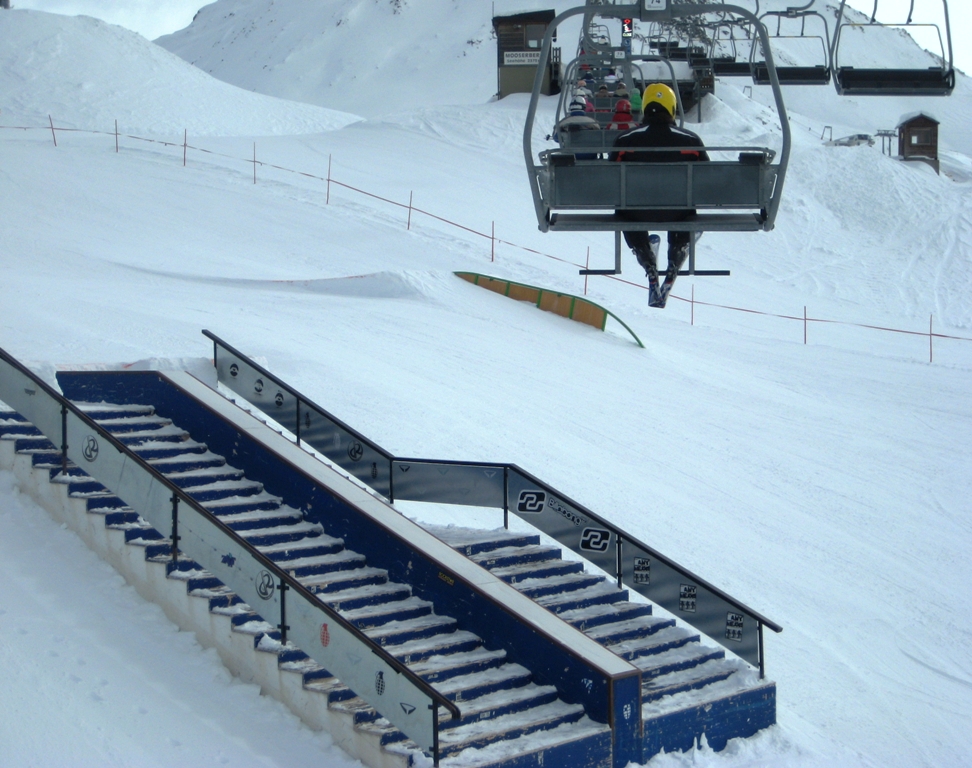
Finally, there was this monster jump. HUGE. I thought about taking this veeeeery slowly, but chickened out. Look at the right side of the ramp and you'll see ski marks about halfway up - that come diagonally down from right to left. These people, like me, started approaching this towering pile of snow and changed their minds, swerving to the left and cutting across the side of the ramp rather than over it! I did see some people do this, and a professional photographer taking photos. I'll look for them on the next brochure. Cool. dude.
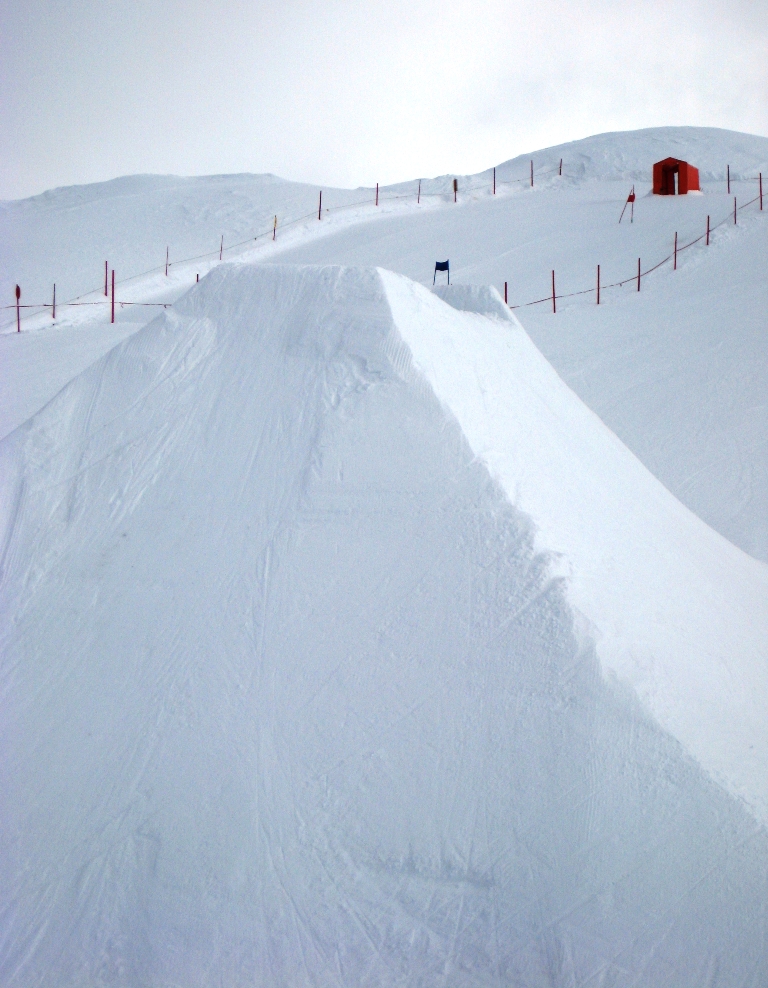
 Herr J ...
Herr J ...  Post a Comment
Post a Comment  Sports,
Sports,  Travel tagged
Travel tagged  Austria,
Austria,  St. Jakob in Defereggental,
St. Jakob in Defereggental,  ski trip,
ski trip,  skiing ...
skiing ...  Print Article
Print Article  Email Article
Email Article 



